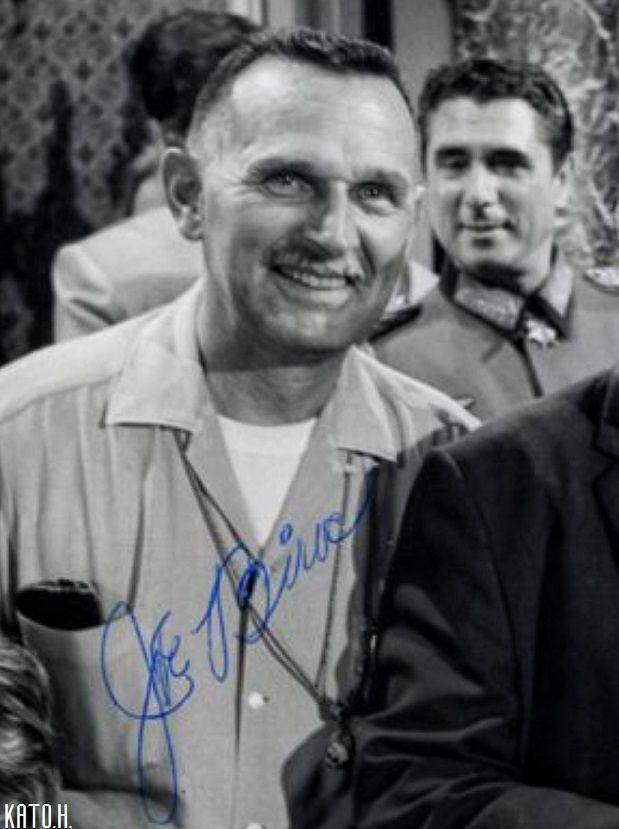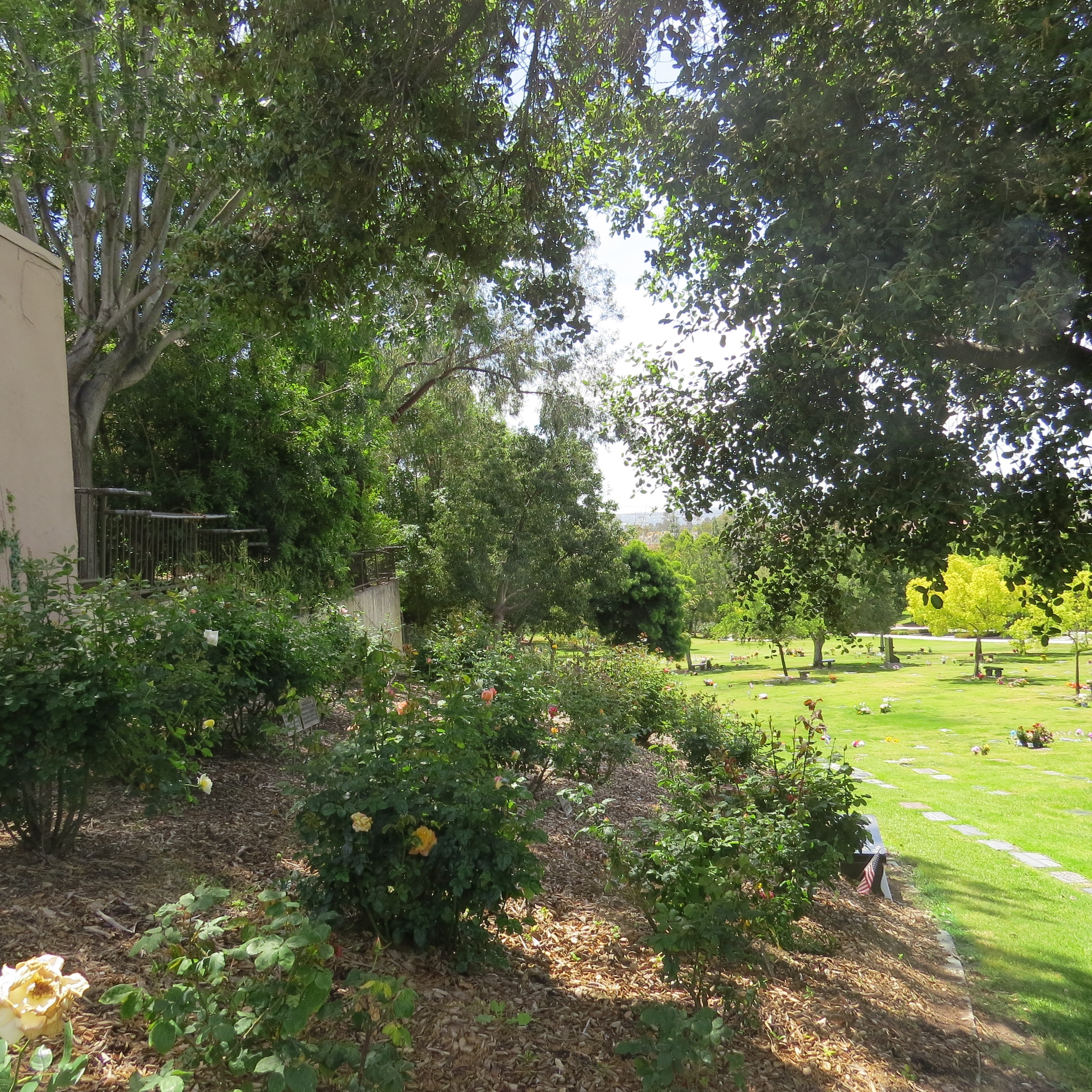Cinematographer. He gained fame as an award-winning Hollywood cinematographer. Born Joseph Francis Biroc, he left Emerson High School in Union City, New Jersey, early to pursue a career in the movies, a dream he had since childhood when he saw his first film. Learning from on-the-job experiences, he started at age 15 as a lab technician with Paragon Labs in Fort Lee, New Jersey. After numerous jobs in various laboratories and work as a film printer at Famous Players, he was promoted in 1925 to camera assistant. In 1927, he moved to Los Angeles, California, to work for United Artists and later for RKO Radio Pictures as a camera operator for Leo Tover and Edward Cronjager, among others. He stayed with RKO till 1943, when during World War II, he reported to the Army Signal Corps, filming the liberation of Paris and the brutalities of Dachau concentration camp. After the war, he got his first credit as director of photography for Frank Capra's 1946 film, "It's a Wonderful Life," co-working alongside Joseph Walker. In 1952, he photographed the first 3-D feature, "Bwana Devil," and started the same year an association with director Robert Aldrich, becoming his favorite cinematographer. They made 16 films together, among them "Attack" in 1956; "Hush…Hush, Sweet Charlotte" in 1964, which was an Academy Award nomination; "The Flight of the Phoenix" in 1966; and "The Longest Yard" in 1974. Other credits include "Donovan's Brain" in 1953, "Forty Guns" in 1957, "The Devil at 4 O'clock" in 1960, Mel Brooks's "Blazing Saddles" in 1974, and "Airplane" in 1980. He was awarded the 1975 Academy Award for Best Cinematography in "The Towering Inferno" in 1974, which was shared with Fred J. Koenekamp. For his extensive television work from the early 50s till the end of his career in 1987 at the advanced age of 84, he was awarded with 2 Emmys and 5 Emmy nominations. Credits for the small television screen include "China Smith" in 1952, "Playhouse 90" in 1957, "The Moneychangers" in 1976, "Washington: Behind Closed Doors" in 1977, and "Casablanca" in 1983. In 1989, he received the Lifetime Achievement Award from the American Society of Cinematographers (ASC). Sometimes credited as Joe Biroc or Joseph F. Biroc, he died of the consequences of old age.
Cinematographer. He gained fame as an award-winning Hollywood cinematographer. Born Joseph Francis Biroc, he left Emerson High School in Union City, New Jersey, early to pursue a career in the movies, a dream he had since childhood when he saw his first film. Learning from on-the-job experiences, he started at age 15 as a lab technician with Paragon Labs in Fort Lee, New Jersey. After numerous jobs in various laboratories and work as a film printer at Famous Players, he was promoted in 1925 to camera assistant. In 1927, he moved to Los Angeles, California, to work for United Artists and later for RKO Radio Pictures as a camera operator for Leo Tover and Edward Cronjager, among others. He stayed with RKO till 1943, when during World War II, he reported to the Army Signal Corps, filming the liberation of Paris and the brutalities of Dachau concentration camp. After the war, he got his first credit as director of photography for Frank Capra's 1946 film, "It's a Wonderful Life," co-working alongside Joseph Walker. In 1952, he photographed the first 3-D feature, "Bwana Devil," and started the same year an association with director Robert Aldrich, becoming his favorite cinematographer. They made 16 films together, among them "Attack" in 1956; "Hush…Hush, Sweet Charlotte" in 1964, which was an Academy Award nomination; "The Flight of the Phoenix" in 1966; and "The Longest Yard" in 1974. Other credits include "Donovan's Brain" in 1953, "Forty Guns" in 1957, "The Devil at 4 O'clock" in 1960, Mel Brooks's "Blazing Saddles" in 1974, and "Airplane" in 1980. He was awarded the 1975 Academy Award for Best Cinematography in "The Towering Inferno" in 1974, which was shared with Fred J. Koenekamp. For his extensive television work from the early 50s till the end of his career in 1987 at the advanced age of 84, he was awarded with 2 Emmys and 5 Emmy nominations. Credits for the small television screen include "China Smith" in 1952, "Playhouse 90" in 1957, "The Moneychangers" in 1976, "Washington: Behind Closed Doors" in 1977, and "Casablanca" in 1983. In 1989, he received the Lifetime Achievement Award from the American Society of Cinematographers (ASC). Sometimes credited as Joe Biroc or Joseph F. Biroc, he died of the consequences of old age.
Bio by: Fritz Tauber
Gravesite Details
no marker located - ashes scattered in Garden of Remembrance
Advertisement
See more Biroc memorials in:
Explore more
Sponsored by Ancestry
Advertisement



